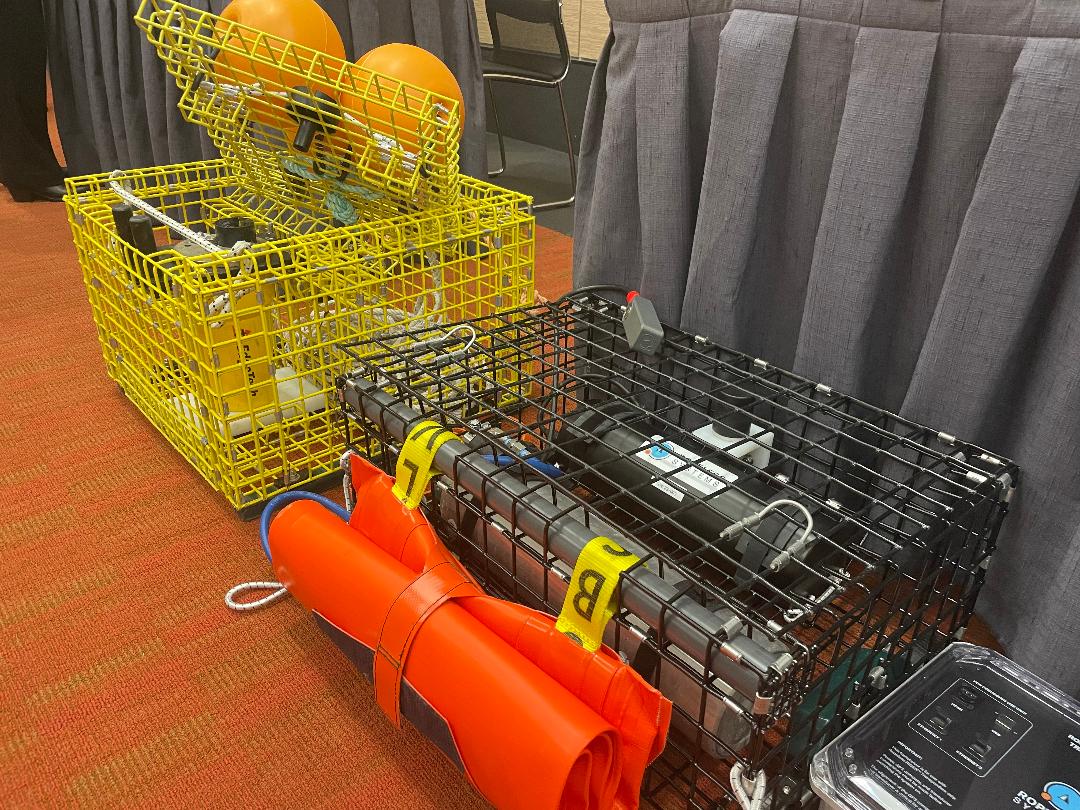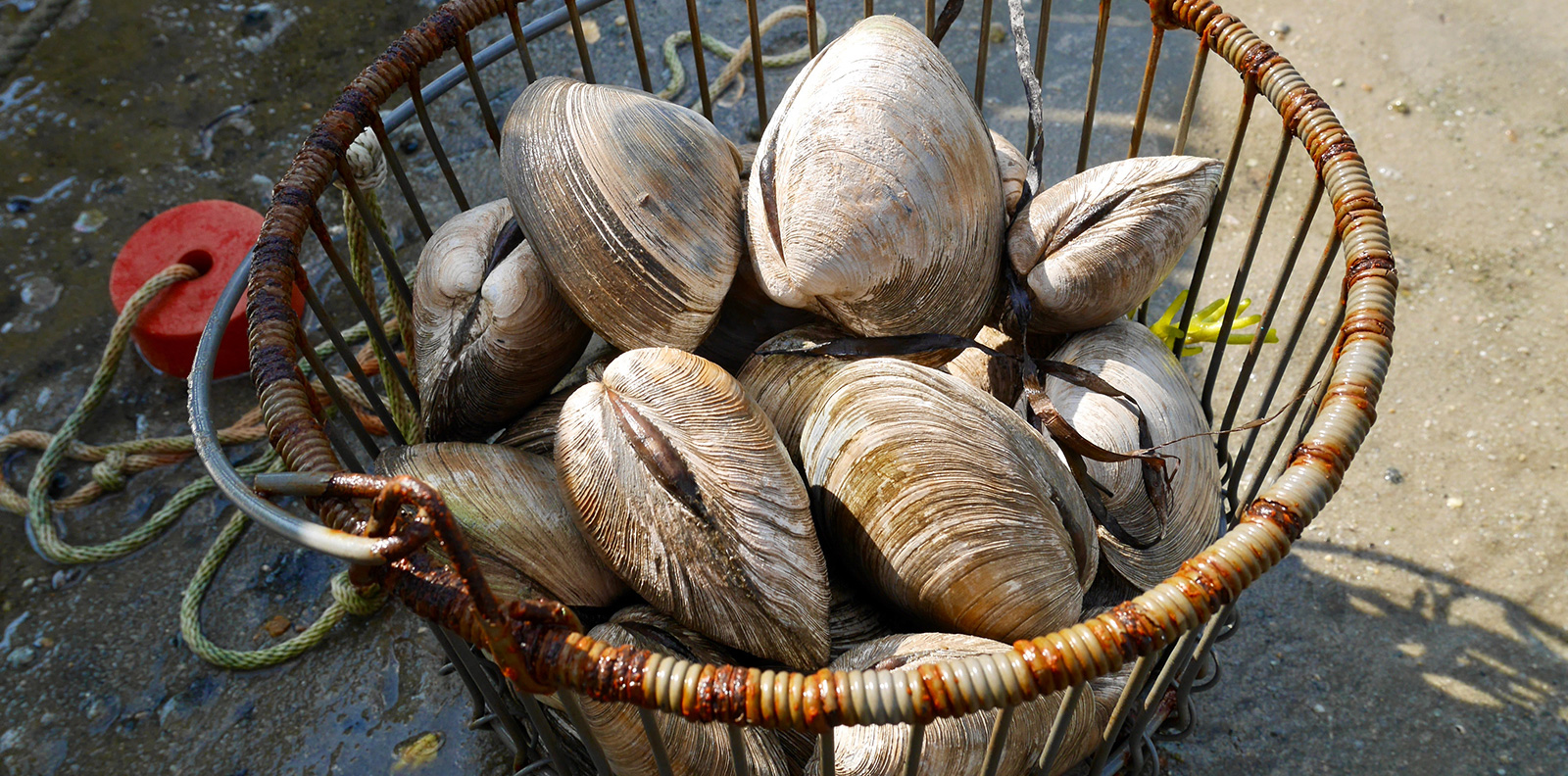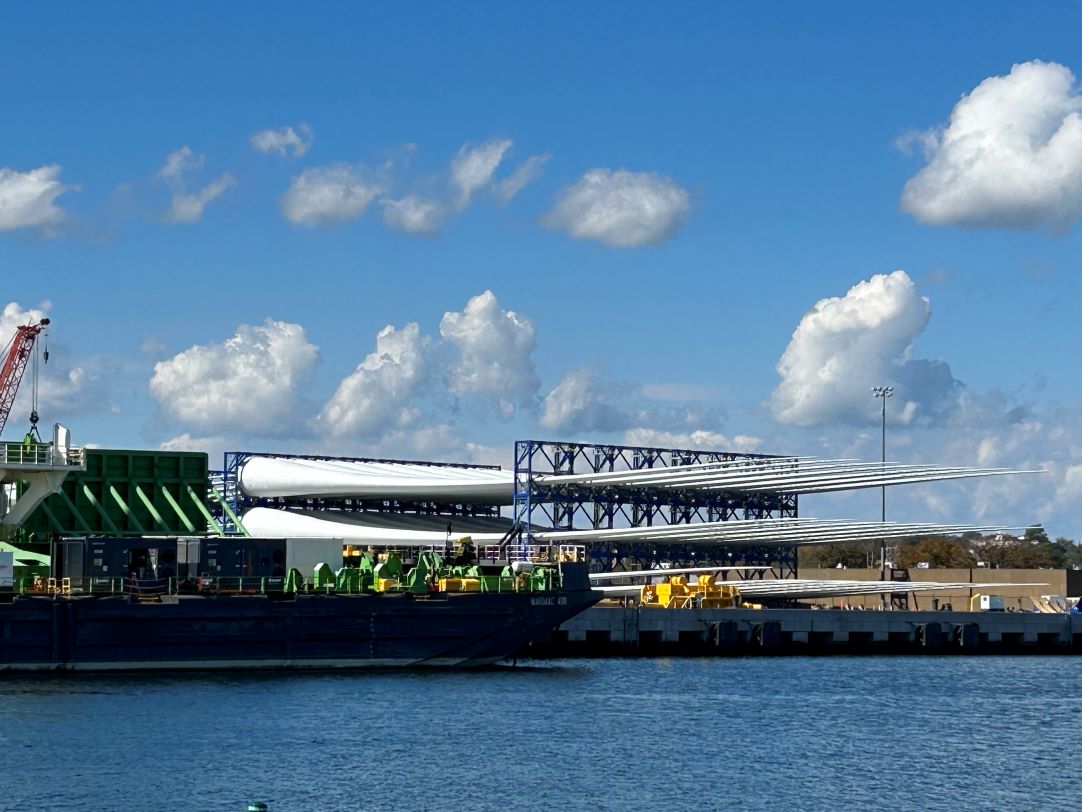Saving Little Fish has Big Impact on Ocean Productivity
Ocean health depends on keeping forage fish populations at levels that can sustain healthy ecosystems
May 17, 2015
Forage fish play a vital role in any marine ecosystem, but their importance is largely overlooked when it comes to fisheries management. In the ocean waters off the coast of New England, for example, menhaden and Atlantic herring provide food for recreationally and commercially important species such as striped bass, bluefish and cod.
These fish also are food for tuna, salmon, sharks, dolphins, seabirds and other animals that are integral to healthy marine ecosystems. Fishermen use squid as bait in lobster and crab traps. Juvenile menhaden, as they filter water, help remove nitrogen.
“Forage fish are worth more in the water than out,” Greg Wells, speaking for the Pew Charitable Trusts’ U.S. Oceans Environmental Group, told those who attended the March 24 Southern New England Recreational Fishing Symposium in Warwick, R.I. “If we don’t leave prey fish in ecosystems for predators and fishing, there are consequences to other wildlife, and this has an impact on eco-tourism businesses.”
Wells spoke about the importance of implementing ecosystem-based fisheries management plans, saying such an approach focuses on an entire ecosystem and includes the significant impacts made by humans.
“Decisions are based on understanding how an ecosystem works to make sure it maintains its health and productivity,” Wells said. “We need to be focusing on systems rather than single populations and stocks. Fisheries need to be managed with a cautious approach. We must be able to adapt to changing ocean conditions and fish populations.”
When it comes to most forage fish, however, very few regional or federal management plans even exist for species such as shad and river herring. As these fish are removed in bulk by trawlers, lost in bycatch and their populations redistributed by a changing climate, economical, environmental and societal impacts are created.
Demand, largely industrial, for these nutrient-rich species, which are mostly used to make fertilizer and cosmetics and to feed livestock and farmed fish, is increasing worldwide. Lost in the runaway consumption of this biomass is the importance these little fish play in supporting a variety of businesses, from commercial and recreational fishing to seafood restaurants and coastal tourism.
To improve the conservation of forage fish, The Pew Charitable Trusts and others concerned about the long-term survival of these species believe fishery managers need to set science-based limits on how many forage fish can be caught annually to ensure abundant food sources for other wildlife, including managed fish species, and that a national definition of what species qualify as forage fish for management purposes needs to be created.
“This has been a hot issue for a number of years,” said Kevin Friedland, a fisheries oceanographer with the National Oceanic and Atmospheric Administration (NOAA) who spoke at the late-March symposium in Warwick. “It’s a complex mix of services that forage fish provide. Herring and menhaden are important species in how the ecosystem works.”
What exactly is a forage fish? According to Friedland, it’s a broad group of fish defined by a complex equation that includes stomach-content analysis. They are typically small, schooling species that eat microscopic plants (phytoplankton) and animals (zooplankton) drifting near the ocean surface.
“We’re just beginning to understand the role and importance of forage fish,” he said. “Forage fish are a big part of the total production of an ecosystem.”
In 2012, the Lenfest Forage Fish Task Force, a panel of 13 internationally known marine scientists, found that harvesting of forage fish at levels previously thought to be sustainable could have major adverse effects on some marine ecosystems.
A task force study has recommended cutting forage fish catch rates by half in many ecosystems and doubling the minimum required amount left in the water. These measures would help to maximize the benefits of forage fish as food for more highly valued species, according to the 120-page study.
The protection of forage fish, however, has an impact beyond simply feeding larger fish. For instance, a 2011 study of several ecosystems found that seabird populations decreased when the amount of forage fish fell below a third of the maximum historical level.
When some 1,600 starving sea lion pups washed up on California’s shores in 2013, researchers concluded that their mothers likely abandoned them because there weren’t enough forage fish, such as Pacific sardines, to support both generations.
The severe decline in the sardine population also was a threat to other marine life along the California coast and the fisheries that depend on that diversity. In response, the Pacific Fishery Management Council reduced sardine fishing levels by nearly two-thirds from 2013-14.
The council also has taken other steps in forage fish management, providing a model for its counterparts nationwide, according to Wells. In 2013, the council approved its first fishery ecosystem plan, which spells out how to take a broad approach to managing marine resources. The plan’s first management initiative called for developing a sound understanding of the potential impact of new fishing on forage species.
Most of the nation’s other fishery management councils, including the New England Fishery Management Council, haven’t adopted practices to better manage forage fish populations.
Earlier this month, however, recreational fishermen, charter boat captains, conservationists and birders up and down the East Coast received a bit of good news about the long-term management of Atlantic menhaden.
The Atlantic States Marine Fisheries Commission decided to take an ecosystem-based approach to managing this forage fish species that is so vital to the local marine food web.
The commission’s Atlantic Menhaden Management Board has committed to “moving forward with the development of an amendment to establish ecological based reference points that reflect Atlantic menhaden’s role as a forage species. The amendment will also consider changes to the current state‐by‐state allocation scheme.”
Lee Crocket, U.S. oceans director for The Pew Charitable Trusts, wrote that the May 6 commission’s decision “is a major shift from the old way of setting catch limits — focusing on a single species — and gives the commission a better way to consider the health of the broader ocean ecosystem.”
“Big schools of fatty, oily menhaden are crucial for marine wildlife such as whales, striped bass, ospreys, and eagles, so much so that they’ve earned the moniker ‘the most important fish in the sea,’” he wrote. “But menhaden also are the most heavily fished species on the East Coast. Just one company (Houston-based Omega Protein Corp.) nets nearly 290 million pounds of them a year to grind into fish meal and oil.”




Save the menhaden